🌟 How to Creating a Brand Identity for Your Healthcare Practice
A well-defined brand identity not only sets your practice apart but also builds trust and loyalty with potential patients. In this guide, we’ll walk you through how to create a unique, consistent, and effective brand identity that helps your practice grow in the competitive healthcare landscape. 🌱
🔍 What Is Brand Identity?
Brand identity includes the visual, verbal, and emotional elements that represent your healthcare practice. It covers everything from your logo and colors to your tone of communication and core values.
A strong brand identity communicates who you are, what you stand for, and how you want patients to feel when they interact with your practice. Learn more about tracking SEO for healthcare.
💡 Why Brand Identity Matters in Healthcare
Creating a consistent and memorable brand identity can benefit your practice in many ways:
- Builds Trust: A professional appearance and consistent messaging reassure patients that they’re in good hands.
- Differentiates Your Practice: A unique identity makes your clinic stand out among competitors.
- Attracts Ideal Patients: When your branding resonates with your audience, they’re more likely to choose you.
- Boosts Loyalty: Patients are more likely to return and refer others if they connect with your brand.
💼 Steps to Create a Strong Brand Identity
🌱 1. Define Your Mission and Values
Start by identifying what your practice stands for. Ask yourself:
- What makes your care unique?
- How do you want patients to feel?
For instance, your brand could focus on compassionate care, innovation, or patient empowerment.
👉 Read more about building trust through your brand.
🧑⚕️ 2. Know Your Target Audience
Understanding your audience helps tailor your brand to their needs and preferences. Consider:
- Age group
- Health concerns
- Location
For example, a pediatric clinic might use brighter colors and a friendly tone, while a cardiology center may opt for more professional and calming visuals.
💡 Tip: Segment your audience to personalize messaging and visuals effectively.
🔠 3. Choose the Right Brand Name and Logo
Your brand name should be:
- Easy to remember
- Reflective of your values
- Clear and professional
Your logo should be simple, meaningful, and versatile. Hiring a skilled designer can ensure it truly represents your practice.
👉 Learn more about designing a healthcare logo.
🎨 4. Select a Color Palette and Typography
Colors and fonts influence how patients perceive your practice. Choose:
- Calming colors like blue or green for trust and reassurance
- Readable, professional fonts for clarity and consistency
Keep your design consistent across all touchpoints: website, social media, brochures, and signage.
🗣️ 5. Develop Your Brand Voice and Messaging
Decide how your brand sounds. Should it be:
- Warm and friendly?
- Confident and authoritative?
- Calm and empathetic?
Make sure your tone reflects your values—and that all communication is easy for patients to understand.
👉 See how clear messaging enhances communication.
📸 6. Keep a Consistent Visual Identity
Your logo, colors, fonts, and imagery should all follow the same style guidelines. This builds recognition and credibility.
From your clinic’s website to its appointment cards, visual consistency strengthens your brand.
🤝 7. Reflect Your Brand in Patient Interactions
Your brand should extend to how your team interacts with patients—both in person and online.
Train staff to embody your practice’s tone, values, and level of professionalism. Patients notice consistency and care in every detail.
🔍 How Brand Identity Affects SEO
A strong brand identity can improve your online visibility. Here’s how:
- Higher Click-Through Rates (CTR): People are more likely to click when they recognize and trust your brand.
- More Positive Reviews: A well-perceived brand encourages happy patients to leave reviews—boosting local SEO.
- Greater Social Media Reach: Consistent, branded content drives more engagement, which helps SEO rankings.
📱 Use Your Brand Identity on Social Media
Social media is a great way to reinforce your brand and connect with patients.
- Keep branding consistent on all platforms—Instagram, Facebook, LinkedIn, and Twitter.
- Use your logo, color palette, and tone in every post.
- Interact with followers through comments, polls, and helpful content.
📊 Track Your Brand’s SEO Impact
To understand how your branding affects visibility, use tools like Google Analytics and social media insights.
Measure: Google Ads for Healthcare Providers
- Website traffic
- Time spent on site
- Social engagement
- Patient inquiries or bookings
These insights will help you refine your strategy and maximize return on your branding efforts.
👉 Learn more about tracking SEO for healthcare.
✅ Final Thoughts: Your Brand Is More Than a Logo
Creating a compelling brand identity is about more than aesthetics—it’s about the experience you offer and the values you represent. A thoughtful, consistent brand builds trust, attracts ideal patients, and enhances your SEO.
Ready to elevate your brand?
👉 Explore more tips on branding and SEO for doctors






